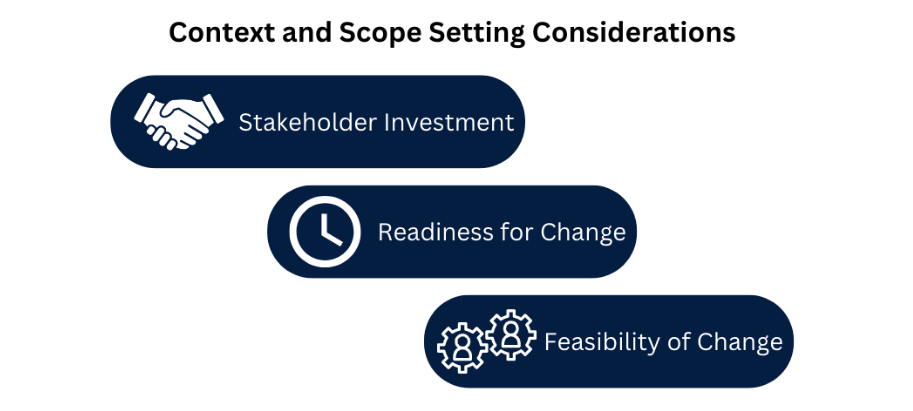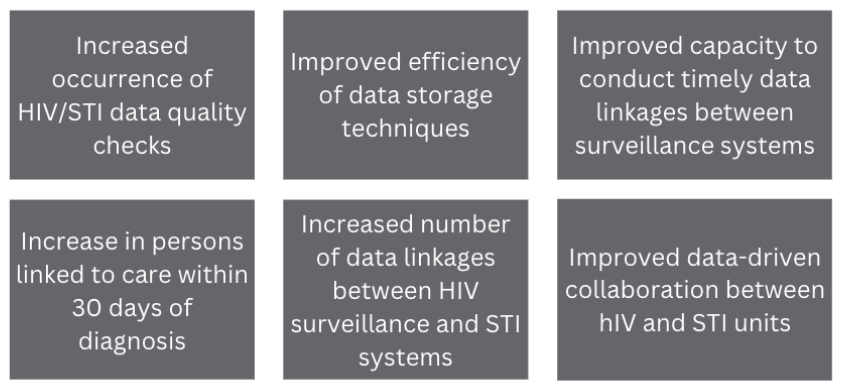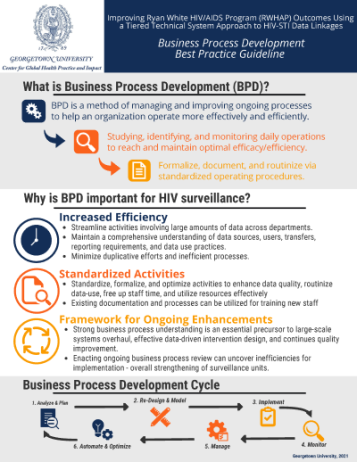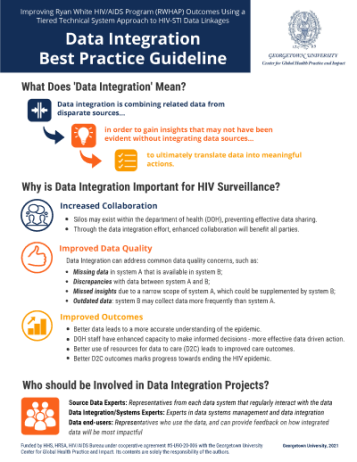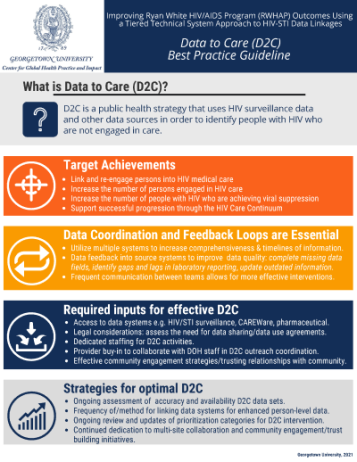Contents
- Phase One: Context and Scope Setting
- Phase Two: Needs Assessment
- Phase Three: Define Priority Areas
- Phase Four: Develop Work Plan and Strategy
- Phase Five: Iterative Implementation Design
Phase One: Context and Scope Setting
Clearly defining the context of your program and setting the scope of your interventions is a crucial first step for successful program design. When setting the scope of your work, it is important to understand the context under which you will be operating. At this stage it is imperative to involve all stakeholders and parties of interest in initial discussions.
Once initial buy-in has been established through preliminary meetings, participating parties should collaboratively define the project baseline: what is the current situation that you are aiming to change? What is currently working within your existing framework? What is not working well? Based on your responses to these preliminary questions, you can move forward and collaboratively develop a comprehensive needs assessment to better define specific gaps that need to be considered in your program design.
Phase Two: Needs Assessment
The second phase in the project design process is to develop and disseminate a comprehensive needs assessment based on the framework set forth in your context and scope setting activities. Information collected from a well-designed needs assessment will define your project’s core objectives, opportunities for intervention, and provide an opportunity for increased input from key stakeholders that are impacted by the project. This Toolkit includes a template for developing your tailored needs assessment questionnaire, which can be accessed here. Remember - you must tailor the needs assessment to your own context and established baseline, as defined in Phase One of the design process.
Phase Three: Define Priority Areas
Using the responses obtained in the Needs Assessment, your project design team can now determine the priority areas and core objectives for the project implementation. Based on the identified gaps, outline 3-5 detailed goals, and map these to desired outcome(s). For each priority area, perform a root cause analysis on why these areas are weaknesses. Some examples of desired outcomes are detailed below, but your goals and outcomes should be specifically tailored to your organization’s needs. This is better defined in the Post Assessment Planning Tool.
Example of Desired Outcomes for a data linkages project:
Potential Desired Outcomes for a Data Linkage Project
Phase Four: Develop Technical Working Groups
Now that you have mapped your gaps to objectives, and defined measurable outcomes, you are ready to develop technical working groups (TWG) which will act as the engine to implement interventions to achieve your goals. TWGs should be formed around your specific objectives, in order to focus specialized resources and activities towards accomplishing tangible goals. This Technical Working Group Development Guide gives a six-step framework for developing productive subgroups to advance your project.
Once you've formalized your TWG(s), the next step is to create a detailed Work Plan for each TWG, to guide specific activities and timelines towards achieving the desired outcomes. This step ensures that strategic plans are in alignment with the identified needs, success can be measured and benchmarked, and that roles and responsibilities are assigned to promote internal accountability.
Throughout the development of your Work Plan, optimize your internal resources by consulting in-house experts for their input on specific areas. For example, personnel with knowledge and understanding on current data systems and data exchange processes can provide insight in the development of realistic timelines and strategies for successful system design heavy implementations. Your Work Plan should thoroughly illustrate the steps and timeline needed to achieve your identified goals and objectives. It may help to break your work plan into tangible segments to increase motivation and decrease risk of burnout.
Phase Five: Iterative Implementation Design
A crucial aspect of successful Project Implementation is maintaining flexibility for course-correction and adjustment throughout the process. It is normal for projects to reach a crossroads, or encounter unexpected barriers to implementation. Identifying these roadblocks allows for continuous improvements to your project design as long as you allow room for introducing necessary adjustments. By doing so, you can continue to refine your project to realize your identified goals and objectives.
The cycle below - beginning at Implement - outlines the steps for continuous improvement: Routine evaluation can take the form of a follow-up needs assessment, regular check-ins with involved stakeholders, or feedback from implementing parties. Assessing any identified gaps or barriers to implementation are integral in understanding areas of needed improvement in your program. From there, adapting your implementation strategies to fit the ongoing needs of your project will ensure you remain on track to accomplish the goals and objectives initially set forth.

